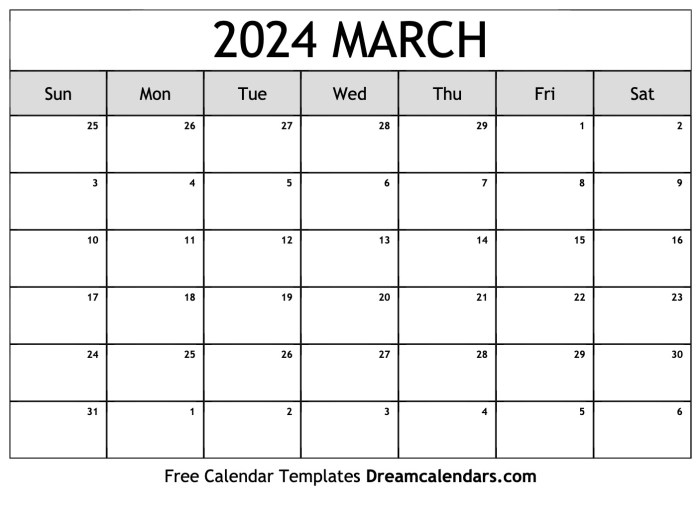** 75 Days from January 1st, 2024: A Journey Through Time **
75 days from january 1st 2024 –
75 days from January 1st, 2024, marks a significant point in time. It’s not just a random date on the calendar, but a moment that holds the potential for fascinating discoveries. By exploring this date, we’ll uncover historical events, cultural traditions, astronomical occurrences, and weather patterns that make this specific day unique.
Join us as we delve into the past, present, and future of this intriguing point in time.
This exploration will provide a detailed understanding of the date’s significance, taking us on a journey through history, culture, and the natural world. We’ll unravel the mysteries behind the date’s unique attributes and gain valuable insights into its importance.
*
Calendar Calculation: 75 Days From January 1st 2024

This section will explain how to determine the specific date that falls 75 days after January 1st, 2024. We will break down the calculation step by step, and then present the final date.
Calculating the Date
To determine the date 75 days after January 1st, 2024, we need to consider the number of days in each month. Here’s a breakdown of the calculation:
- January:31 days (Since we are starting on January 1st, we have 31 days to consider in January)
- February:28 days (2024 is not a leap year)
- March:31 days
- April:30 days
- May:31 days
Now, let’s add up the days from each month: 31 + 28 + 31 + 30 + 31 = 151 days.Since we are looking for the date 75 days after January 1st, 2024, we need to subtract 75 days from the total days we just calculated: 151
75 = 76 days.
This means that 75 days after January 1st, 2024, falls on May 17th, 2024.
Astronomical Events
Throughout the year, the night sky offers a captivating spectacle of celestial events. From meteor showers that illuminate the darkness to eclipses that momentarily obscure the sun or moon, these astronomical occurrences provide opportunities to witness the wonders of the universe.
Let’s delve into some of the noteworthy events that might grace the sky in 2024.
Meteor Showers, 75 days from january 1st 2024
Meteor showers occur when the Earth passes through a stream of debris left behind by comets or asteroids. As these particles enter the Earth’s atmosphere, they burn up, creating streaks of light known as meteors. The intensity of a meteor shower is measured by its zenithal hourly rate (ZHR), which represents the theoretical number of meteors visible per hour under ideal conditions.
Here are some notable meteor showers expected in 2024:
Quadrantids
The Quadrantids meteor shower, known for its bright and fast meteors, peaks in early January.
- Peak:January 3-4
- ZHR:Up to 120 meteors per hour
- Radiant:Located in the constellation Boötes, near the constellation Draco.
Lyrids
The Lyrids meteor shower is associated with the comet Thatcher.
- Peak:April 21-22
- ZHR:Up to 20 meteors per hour
- Radiant:Located near the bright star Vega in the constellation Lyra.
Perseids
The Perseids, one of the most popular meteor showers, is known for its high activity and bright meteors.
- Peak:August 12-13
- ZHR:Up to 100 meteors per hour
- Radiant:Located in the constellation Perseus.
Orionids
The Orionids meteor shower is associated with the famous Halley’s Comet.
- Peak:October 20-21
- ZHR:Up to 20 meteors per hour
- Radiant:Located in the constellation Orion.
Leonids
The Leonids meteor shower is known for its occasional meteor storms, where hundreds or even thousands of meteors can be seen per hour.
- Peak:November 16-17
- ZHR:Up to 15 meteors per hour
- Radiant:Located in the constellation Leo.
Geminids
The Geminids meteor shower is known for its high activity and bright, slow-moving meteors.
- Peak:December 13-14
- ZHR:Up to 120 meteors per hour
- Radiant:Located in the constellation Gemini.
Eclipses
Eclipses occur when one celestial body passes into the shadow of another. Solar eclipses happen when the moon passes between the Sun and the Earth, blocking out the Sun’s light. Lunar eclipses occur when the Earth passes between the Sun and the Moon, casting its shadow on the Moon.
Solar Eclipses
In 2024, there will be two solar eclipses:
- Total Solar Eclipse:On April 8, 2024, a total solar eclipse will sweep across North America, from Mexico to Canada. During totality, the moon will completely block out the sun, creating a breathtaking spectacle.
- Annular Solar Eclipse:On October 2, 2024, an annular solar eclipse will occur. This type of eclipse happens when the moon is farther from Earth, and its apparent size is slightly smaller than the Sun. During the eclipse, the moon will appear as a dark disk against the sun, leaving a bright ring of sunlight visible around the moon’s edge.
Lunar Eclipses
There will be two lunar eclipses in 2024:
- Penumbral Lunar Eclipse:On March 25, 2024, a penumbral lunar eclipse will occur. During this eclipse, the moon will pass through the Earth’s outer shadow, known as the penumbra. The moon will appear slightly darker, but the effect is subtle and not as dramatic as a total lunar eclipse.
- Total Lunar Eclipse:On September 18, 2024, a total lunar eclipse will occur. During this eclipse, the Earth will completely block the Sun’s light from reaching the moon, causing the moon to turn a reddish-brown color.
Epilogue

As we’ve journeyed through time, exploring the cultural, historical, and astronomical significance of 75 days from January 1st, 2024, one thing is clear: every day is a story waiting to be told. This specific date holds a special place in time, offering a unique glimpse into the past, present, and future.
Whether you’re a history buff, a culture enthusiast, or simply curious about the world around you, this date invites us to pause, reflect, and appreciate the intricacies of time itself.
-*






